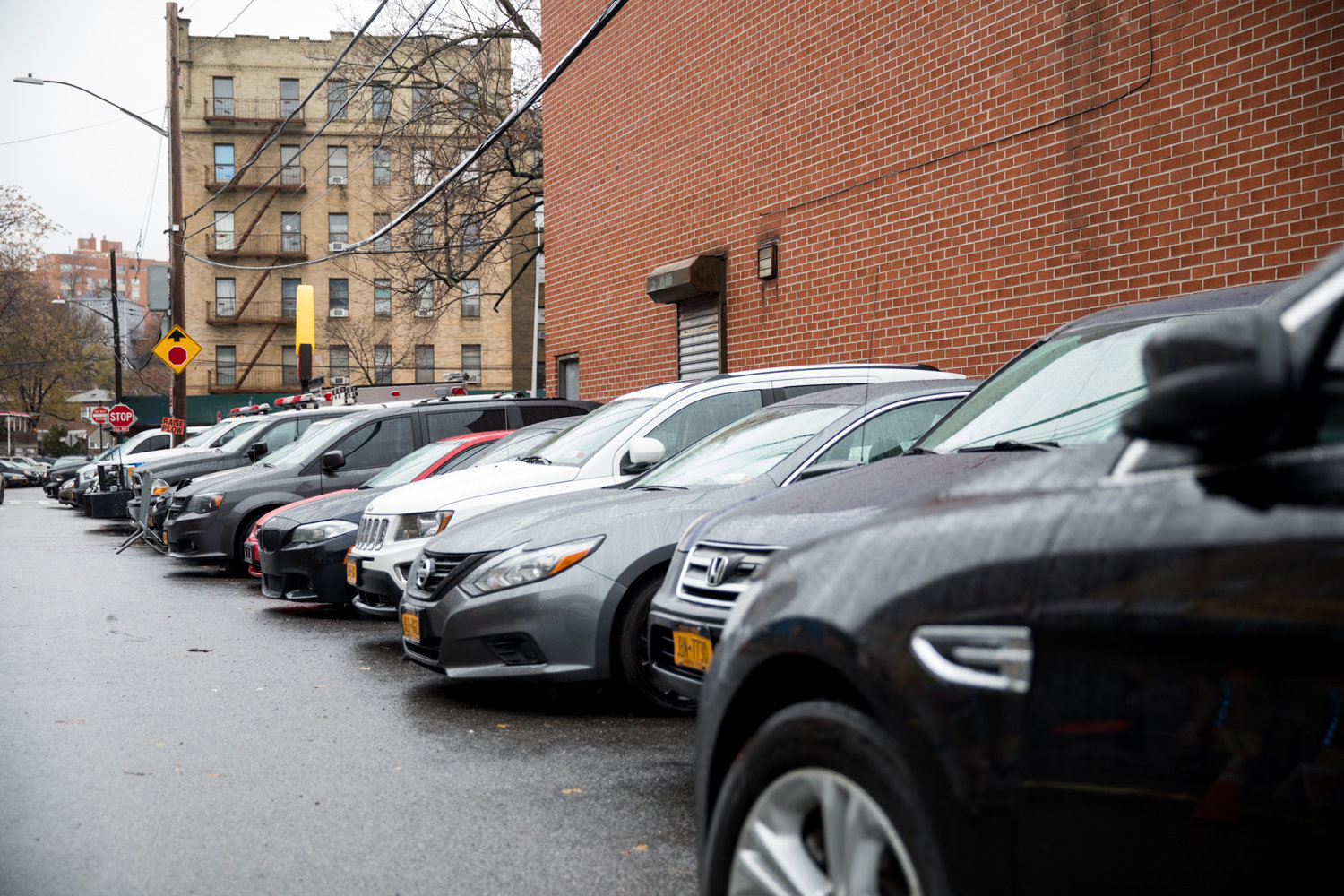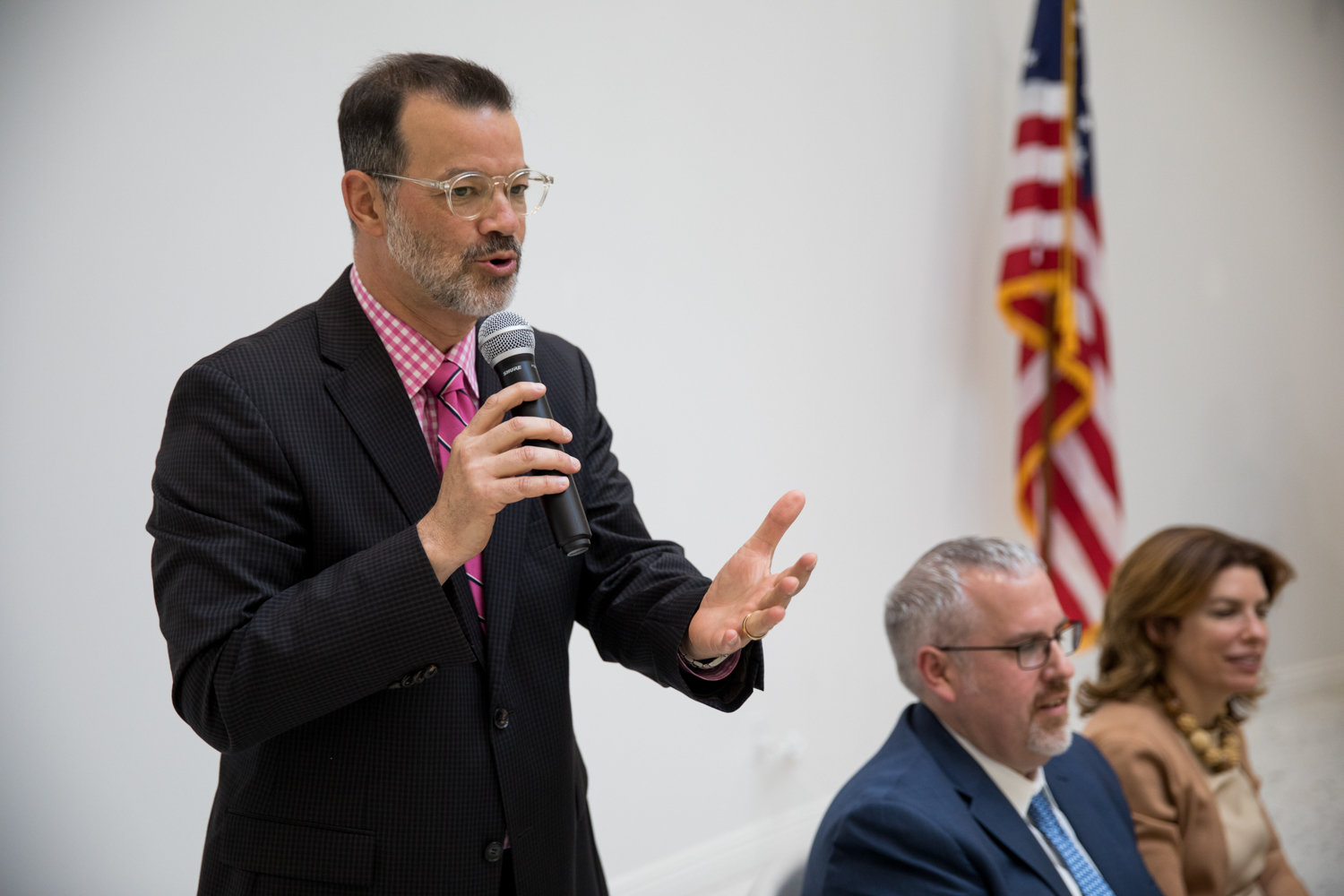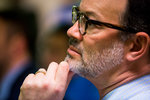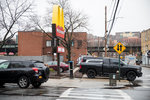City council targets parking permits - but is it enough?
Parking is tough.
There are 3.1 million households in New York City, and nearly half of them come with at least one car — a rate that only gets higher in the outer boroughs.
Within Bronx Community Board 8, more than 61 percent of households have at least one car, according to census data. Add in a few thousand daily car commuters from the tri-state area, and finding a decent parking space is almost like winning the lottery.
Despite an estimated 5 million parking spaces available in the city, drivers can spend hours circling car-crowded areas like in Riverdale and Kingsbridge searching for a spot.
But there are some drivers holding a special advantage, however — parking permits, more commonly called placards. They are dispensed by a number of city agencies, primarily the New York Police Department, and both the education and transportation departments. These placards, displayed in a car window, allow the driver to park in metered spaces without paying, and in some restricted zones.
Some placard holders abuse their privileges, according to critics of the practice, parking in crosswalks, on sidewalks, or in no standing zones. That can make walking and biking in those areas dangerous, often forcing pedestrians off the sidewalk or out of the crosswalk and onto the road.
A new package of city council bills seeks to tamp down on placard abuse, part of Speaker Corey Johnson’s “Let’s Go” plan, which aims to reduce all car traffic, improve public transportation, and redesign streets to make them more bike- and pedestrian-friendly.
Included in the package is a measure requiring the NYPD to evaluate at least 50 sites per week for illegal parking during a six-month test period, one that prohibits city officials from parking on sidewalks and in crosswalks, and requirements for police to issue a report on improper placard use every six months.
The bill also doubles the fine for using a fake placard — or abusing a real placard — from $250 to $500.
Some drivers have been spotted using police vests, letters and pamphlets as placards. In 2011, The Daily News joined forces with advocacy group Transportation Alternatives and spent a day parking a rented vehicle around the city with a fake placard, made with nothing more than Photoshop and a laminator. The number of tickets the car received? None.
Transportation Alternatives supports these new bills, according to its co-deputy director, Marco Conner. Still, the city council could “go further.”
“In the long term, the most important step needed is to drastically reduce the number of parking permits,” Conner said. “That’s one part of it. But that’s going to take us a while to get there. What this does in the meantime is take significant steps addressing the abuse of parking permits, and the parking privileges that many create for themselves.”
The bills are “bolder” than the plan Mayor Bill de Blasio pushed for earlier in the year, Conner said. Forcing the NYPD to do targeted sweeps, for example, is a significant step.
The 50th Precinct has been the subject of criticism on social media where pictures are posted of cars parking on the sidewalk around the Kingsbridge Avenue station house. One recent Twitter post even showed a personal vehicle with a placard and a damaged license plate, which the poster says makes it more difficult for speed cameras or toll plazas to read.
NYPD spokesman Earnest Hart said the department supported the city council bill, and “does not tolerate any kind of placard abuse.”
“Around the precinct, they park sticking out into the street,” Councilman Andrew Cohen said. “That I don’t think is legal.”
He thought that some of the bills in the recent placard abuse package were helpful, but that dealing with the issue “piecemeal” was unhelpful, and should have been done in one move.
“What really irks me is when somebody who’s working in Midtown will park their car on (West) 231st Street with a police vest and leave it there all day,” Cohen said.
The councilman has heard complaints from a number of people, including shop owners on West 231st, over how placard users take up metered parking spaces that could have otherwise been used by customers.
Cohen was able to address some of these issues in another part of his district, primarily with the neighboring 52nd Precinct, renovating the parking lot there for to officers, and pulling them away from parking on surrounding streets. That’s something he believes can be implemented at other precincts, like the 5-0.
Parking on sidewalks around the precincts — or in any public space, including outside office buildings or hospitals — presents a danger to passing pedestrians, Conner said.
“It does that by forcing people walking out onto the street, or people in wheelchairs, out into the street to mix with multi-ton lethal vehicles,” Conner said. “Some of the additional things this bill addresses are parking on the sidewalk, blocking bike lanes, where the exact same thing happens. People have lost their lives because of cars, drivers parking in the bike lane, and veering out into traffic. People have died from it.”
Future mayors and city councils have to learn to view fake placards as theft of public space, Conner said, and a symbol of larger corruption.
“A lot of people have linked it to being at the root of other forms of corruption in the city because it does create this sort of patting each other on the back among certain city agencies, and among enforcement agencies themselves,” Conner said. “It creates the expectation that they should have these privileges, and that it’s perfectly fine to look the other way.”















